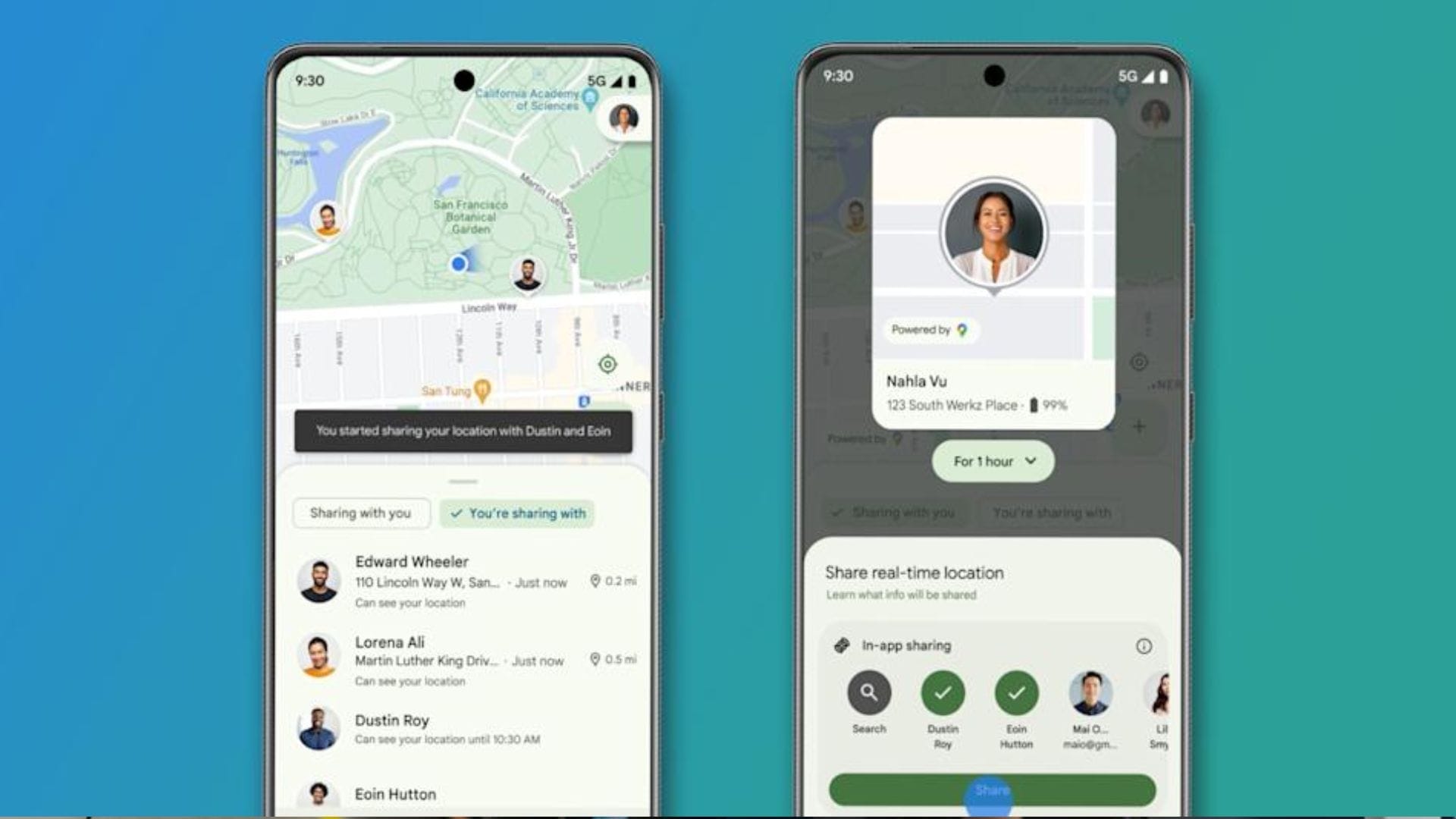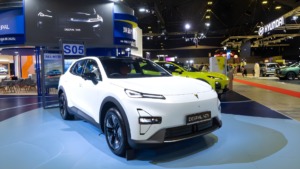Android’s Find My Device app now helps you track friends and family
Google’s Find My Device app lets you track friends and family in real time, integrating location-sharing with its device-tracking features.

Google has introduced a new update to its Find My Device app, allowing you to see the real-time location of friends and family who share their location with you. This update, first announced as part of the Android March feature update, is now being rolled out to more users, as reported by 9to5Google.
A new way to see shared locations
Previously, Google Maps was the main way to share and view live locations between friends and family. Now, the Find My Device app extends its functionality, enabling you to track lost devices and people in one place. The app will display a map showing the real-time locations of contacts who have chosen to share their location with you. This also includes people using Google Maps on iOS, making the feature accessible across different platforms.
To access this new feature, open the Find My Device app on your Android phone and tap the new ‘People’ tab. Here, you will see a list of contacts who have shared their location with you and their real-time positions on the map. Another tab lets you manage the people you share your location with, offering options to adjust how long you share your location.
A familiar experience for Apple users
The latest update makes Google’s Find My Device app feel more like Apple’s Find My app, which already offers similar functionality. Google’s new design includes a split-screen interface, with a map at the top displaying shared locations and a list below showing either people or devices, depending on your viewing.
This update integrates location-sharing directly into Find My Device, making it more seamless for Android users. Instead of switching between different apps, you can now manage lost devices and shared locations in one place.
The rollout is still in progress, so if you don’t see the feature, it should become available soon. Google continues to enhance its device-tracking capabilities, making it easier than ever to stay connected with your loved ones.













